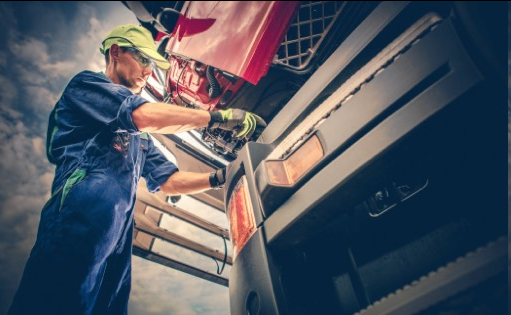Media
A fleet owner tells you the truth about tire consumption
“Tires are our fleet's No. 1 maintenance cost.” said Michael Brown, a fleet owner. Fleets spend so much money on tires, and they can often avoid tire issues that cause breakdowns or contribute to premature tire wear, reduced casing life and reduced fuel efficiency. Let's look at a few of the most common causes of uneven tread wear and reduced tire life:
1. Under-inflation and low tire pressure
Underinflated tires are a leading cause of tire failure on the road. Truck tires typically lose up to 2% of their air pressure every month. A tire that is underinflated by as little as 2 percent can exhibit irregular wear and other tire issues. Worn valve stems and temperature changes can increase the amount of pressure loss, as can nail holes and other tire damage. Make sure you’re checking your tire pressure every day to help extend the life of your tires.
2. Mismatched tires/Wrong tire for the application
When tires are used in a dual position, having mismatched tires can significantly increase premature wear. Differences as small as 4/32nds of tread depth between dual tires can lead to premature wear. Using tires from different manufacturers or pairing worn tires with new tires can cause this type of mismatch. Mismatches between identical tires can also be caused by differences in air pressure.
Using the wrong type of tire for your specific application can lead to premature wear and damage. Commercial tires are engineered for specific applications, and it is important to use the right tire for your needs. Tire tread compounds, groove geometry, tread depth, and other engineering factors affect how the tire will wear under its designed application.
3. High torque
Excessive torque is especially bad for your drive tires, and can form heel and toe wear patterns. This type of wear can be avoided by adjusting the truck to reduce torque, or by driving more slowly. But if it can’t be avoided, consider rotating your drive tires more frequently to help ‘even out’ the wear patterns.
4. Road hazard and impact
Premature damage to a tire is often caused by a road hazard or impact. Unfortunately, it’s common for the damage to go unobserved until the tire is removed. Impact damage can almost always be identified on a demounted tire. so please look regularly for visual clues that an impact has occurred, like radial splits, the specific way the reinforcement wires come apart, the condition of the rubber after failure and signs of excessive heat.
5. Tire balance
When a manufacturer creates a tire or wheel, no two are ever exactly alike. That means they are different weights — even if it’s by a fraction of an ounce. The common symptoms of an out-of-balance wheel-tire assembly are uneven and faster tread wear, poor fuel economy, or vibration in the steering wheel and/or floorboard that gets worse at faster speeds. Tire balancing is a tune-up for each of your wheel-tire assemblies. Balancing helps ensure weight is evenly distributed around the entire circumference of the tire and wheel. When all areas of the wheel-tire assembly are as equal in weight as possible, the tire will roll smoothly. This helps improve tread wear. Balancing also contributes to overall ride comfort.
Every piece of tire out from Paxxon has completed dynamic balance and also has been tested following the A TMC recommended practice (RP) which is a specification or practice that assists equipment users, vehicle/component manufacturers, and other industry suppliers in the purchase, design, maintenance, and performance of commercial vehicle equipment.
“Tire spend continues to be the No. 1 maintenance spend by category, making up about 20% of all maintenance spend in 2021,” said Mark Smith, senior supply chain manager for NCF Fleet Management. “but it decreased to 16% in 2022 which we start a cooperation with Paxxon Truck tires, also the cost of fuel consumption has been reduced.”

